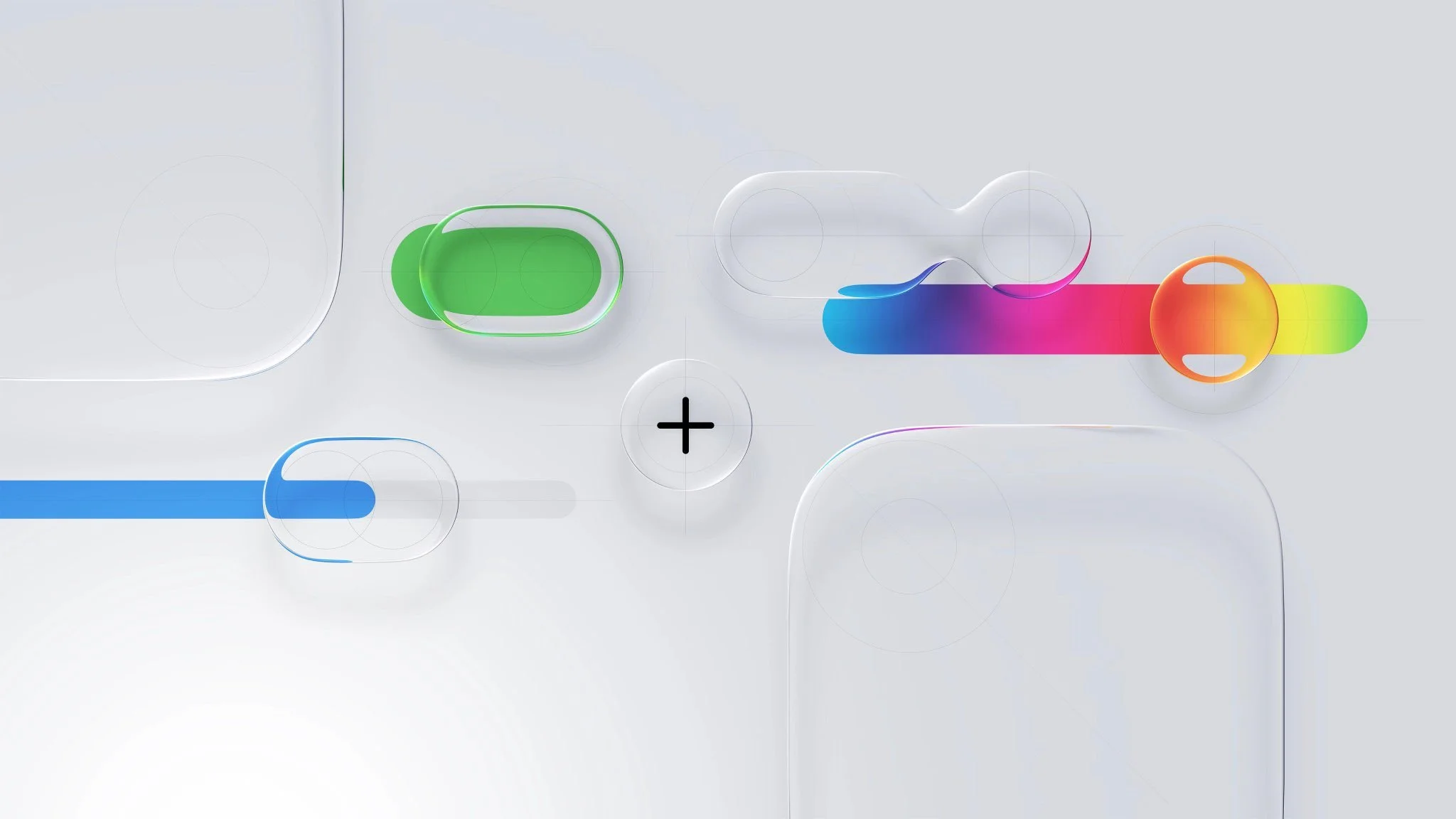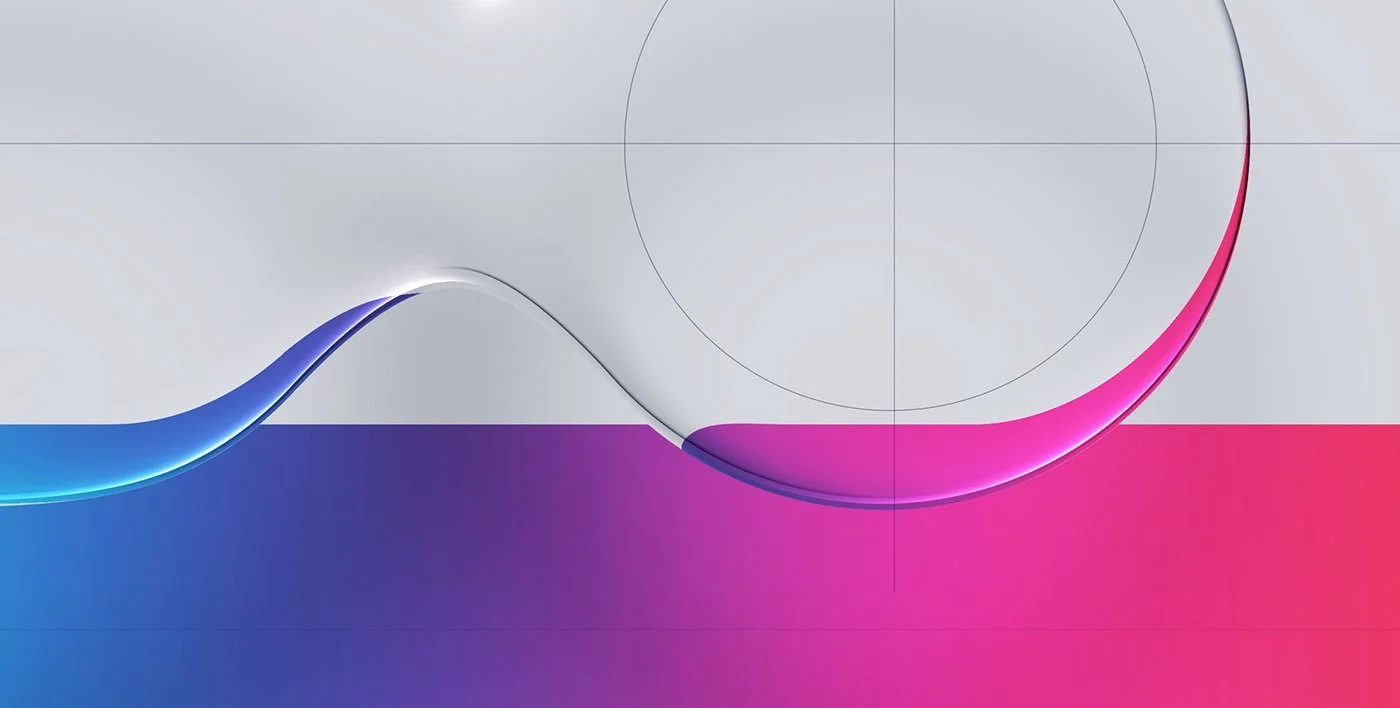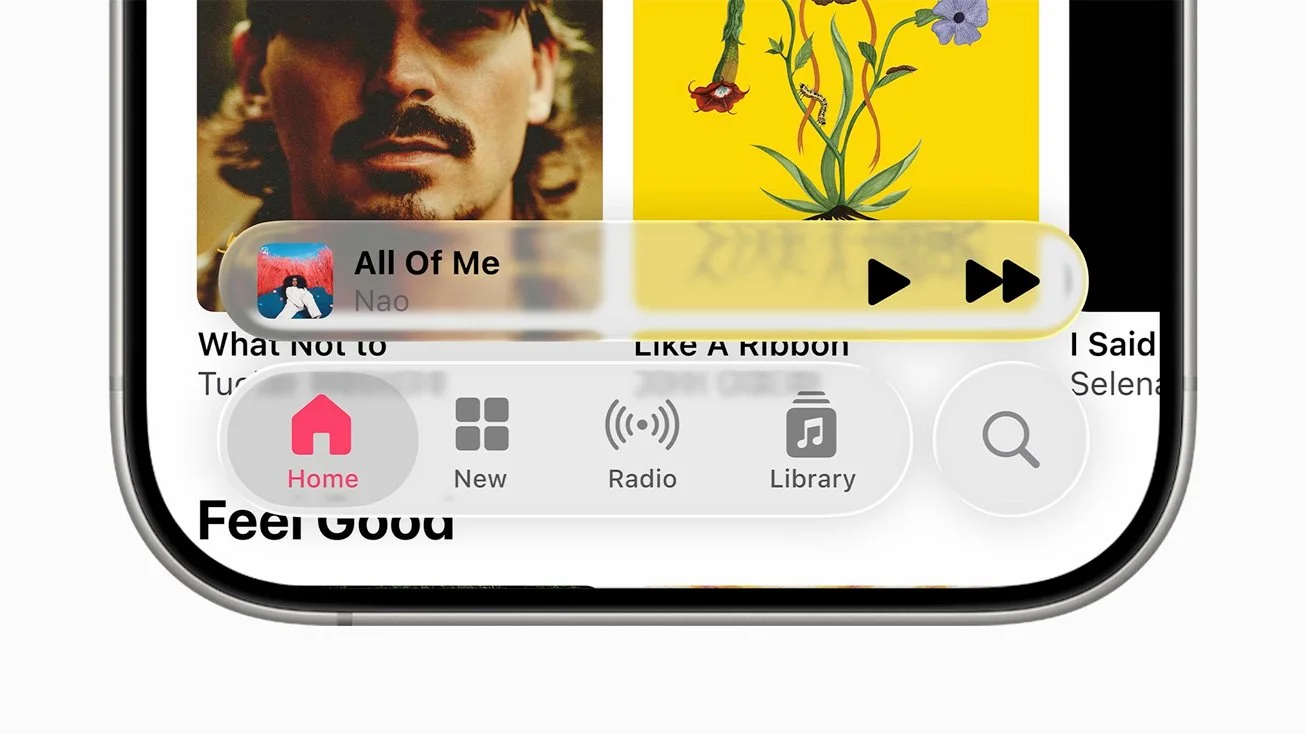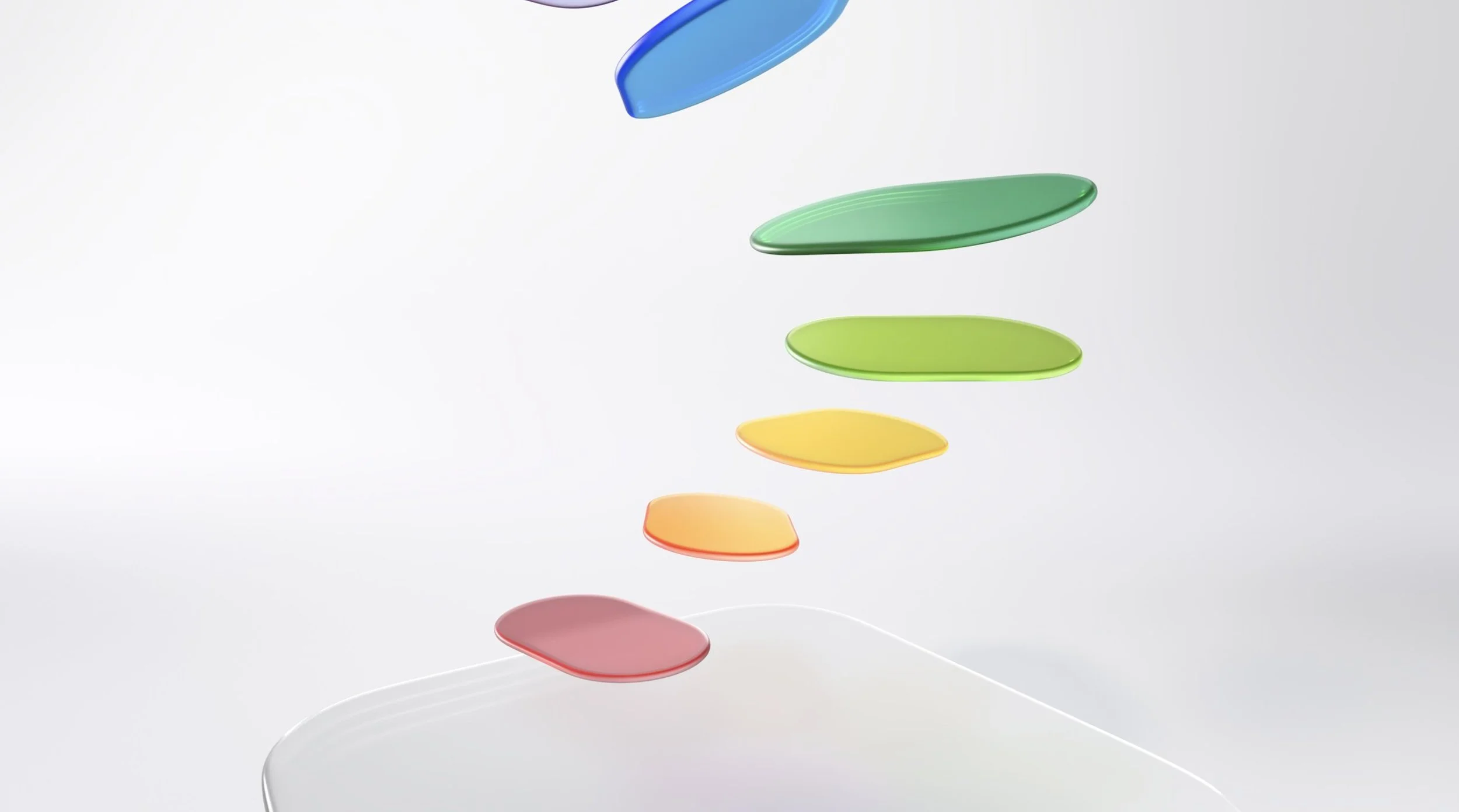Apple’s Liquid Glass: Future or Failure?
There’s no shortage of opinions about Apple’s controversial new digital brand language. Love it or hate it, you can’t ignore it. With a user base as market-dominating as Apple’s, when they signal change, the world pays attention. And now, Apple has put the world on notice— change is afoot.
Image: Apple
While the rest of the industry has gotten comfortable with regurgitating the same usability standards and functional design systems on every screen imaginable, Apple has been quietly reimagining how we will be interfacing with technology. Their vision, an immersive digital environment with layers of transparency, and filled with skeuomorphic hallmarks that mimic real-world physics and responsiveness. Almost as if a digital HUD was integrated into your own brain for you to engage and interact with everything around you. This is a giant leap away from the endless windows and screens that fill our everyday lives, such as phones, laptops, tablets, TV’s, etc. But are we ready for it?
Some might argue that this new language doesn’t translate well to the screens and interfaces we have today, and in many ways they aren’t wrong. There are challenges with transparency that we aren’t used to, and might be limited by the screen-based infrastructure we are so familiar with today. Somehow, I don’t think this is what Apple is aiming for, and they know change is hard for people. Doing hard things takes courage, and vision to see beyond the near and now.
Image: Apple
To me, Apple’s Liquid Glass seems too intentional to be a mistake. It’s not that Apple’s never made a mistake before, but I believe they are signalling the future of HCI, or human-computer interaction. And naturally, in a world where a technology is ubiquitous, innovation slows down. After decades of experience using personal computers, we’ve collectively plateaued on what the ideal computer experience is: thin, lightweight, long battery life, backlit keyboards, and big glass trackpads— there frankly isn’t much left to imagine for traditional portable computing. Apple saw this coming years ago. So they introduced phones (iPhones), then tablets (iPads), bringing about new modal norms. Now, nearly 2 decades after the smartphone revolution, we find ourselves at another inflection point— building on the interaction models of our past the same way icons like the phone app (the telephone icon) or the FaceTime icon (a video camcorder) bridges legacy technology from the past to a more contemporary context.
Image: Apple
Liquid Glass is bridging smartphone interaction models to our Web 3.0 future, and with it comes some unique challenges. Moving from a flat, icon-based interaction model to something immersive and dynamic introduces visual complexities that we will need to get used – similar to learning the controls on a new video game. But with continued practice and exposure to these modalities, we gain mastery and move beyond mere usage to productive utilization of all the new tool enables us to accomplish.
Image: Apple
So while iOS26 looks to be a stepping stone to something bigger, let’s not get too wrapped around the axle over the idiosyncrasies of the experience modalities and recognize this transition for what it is— a bridge to the future.
--
Jayson Simeon
Principal + Founder | Adaptitude
We design products, teams and capabilities that drive authenticity and brand momentum.




